The origins of British & Irish colonial immigrants
3-4 minute read
By The Findmypast Team | May 13, 2016
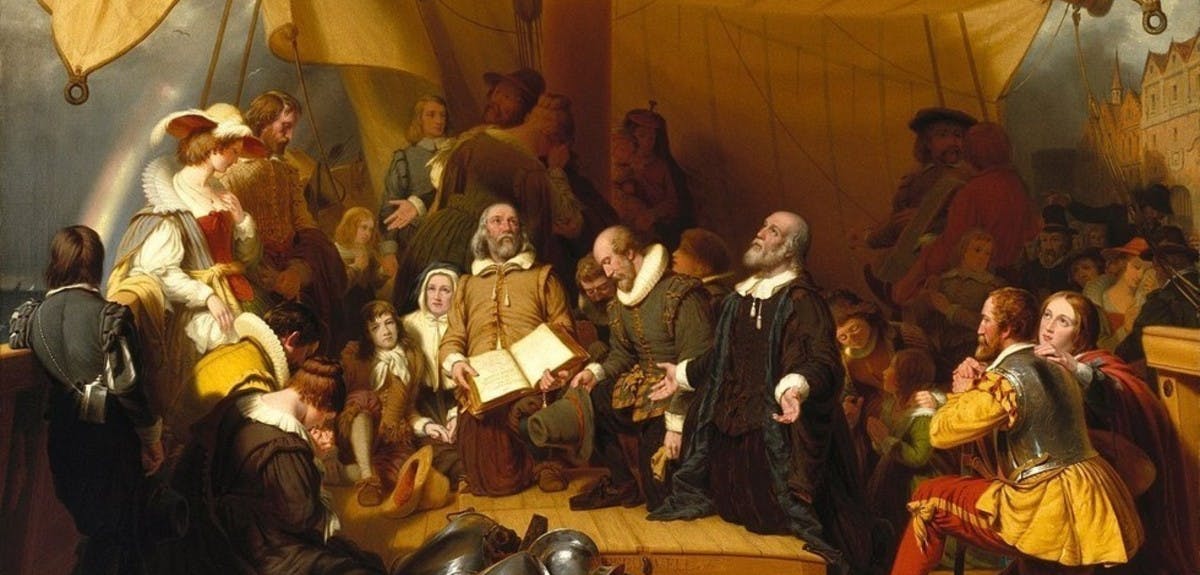
Many of us with British and Irish heritage have immigrant ancestors who traveled to America long ago.
The first colonial settlers hold a very special place in American history and our own family history, but they can be frustratingly elusive to track.
While in many cases it is impossible to find details on their actual journey, it may still be possible to uncover evidence of them in Britain or Ireland if you know a little historical context.
While immigrants in later centuries came from a wide variety of places, colonial immigration happened a little differently. Due to the absolute wilderness of North America, and the level of danger encountered during the journey, it was almost unheard of for single families or individuals to make the journey on their own.
The earliest immigrants came in large groups, and for very specific reasons - usually religious or political persecution. For them, America wasn't necessarily a land of infinite opportunity, but rather a remote safe haven and last option.
So if you know where you earliest ancestors settled in America and the very general time period they immigrated, you can make a very educated guess as to what counties they originated from.
Pilgrims 1620-1628
Original counties in England: Pilgrim thought and theological interpretation developed in Nottinghamshire, where a parson named Richard Clyfton promoted their original ideas. The Pilgrims who made the voyage to America came from various areas throughout England, and since there were so few, each individual Pilgrim is reasonably well researched.
Areas settled in America: Storms and winds drove the Mayflower off course and forced it to land at what is now Plymouth, Massachusetts in the middle of winter. The group spent the first season aboard the ship, and struggled immensely the following Spring and Summer, losing nearly half of the group. As some of the first settlers in America to produce descendants, many people can trace their lineage back to the Pilgrims.
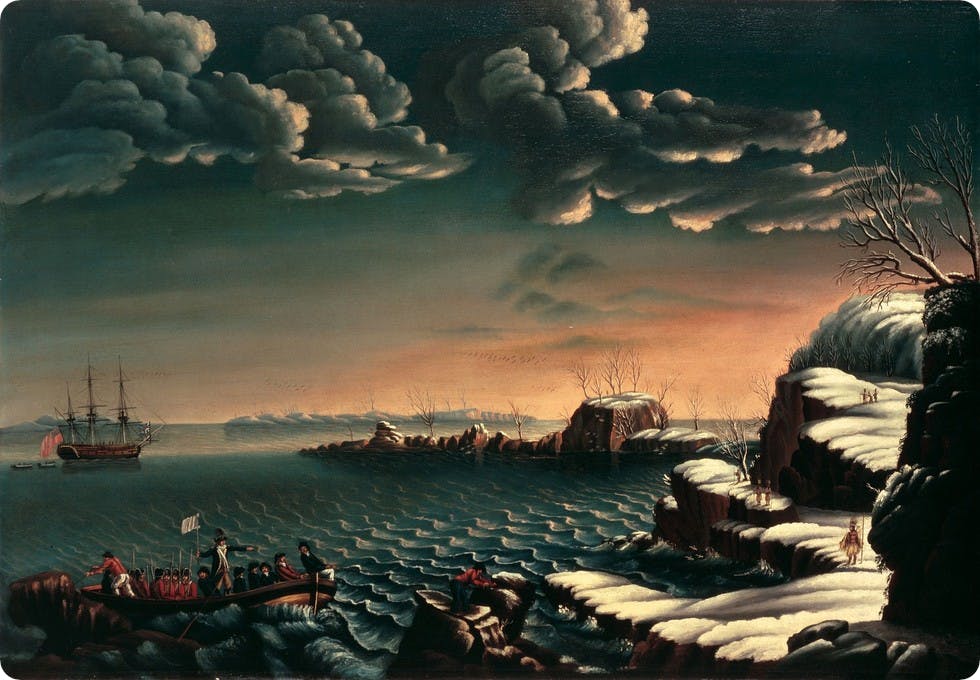
Landing of the Pilgrims by Michele Felice Corne, 1805.
Reasons for migration: The migration of the pilgrims was motivated by religion. They were separatists who were not aligned with the Church of England, disagreeing with many of the practices of the time and wished to have their own congregations. However, that was illegal in England at the time, and led to persecution, imprisonment and even execution of many members. They briefly fled to Holland, but struggled to find employment and worried that they would lose their English identity. They eventually worked with English investors to create a colony in America, intending to join the first colony at Jamestown, but weather forced them to land at Plymouth instead.
Puritans 1630-1640
Original counties in England: Most came from counties east of London - Norfolk, Suffolk, Essex and Kent. Another portion came from counties in Southwest England - Wiltshire, Dorset, Somerset and Devon.
Areas settled in America: The Puritans also settled in Massachusetts, becoming the dominant group in the Massachusetts Bay Colony, which included present day Boston. They settled areas that also include New Hampshire, Rhode Island and Maine.
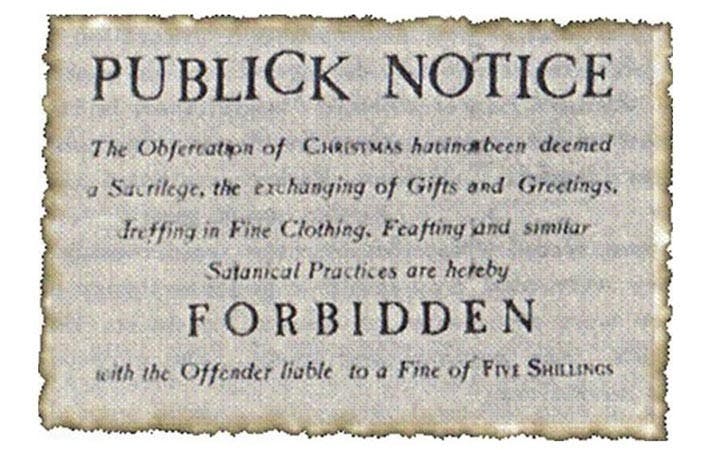
Puritans radical intolerance of others led to some strange behavior in the New World, including banning Christmas.
Reasons for migration: Puritans also had religious differences with the Church of England, believing further reform was necessary to separate the church even further from Catholicism. Perhaps ironically, they were extremely intolerant of other religious denominations once in America, and wound up practicing a rather extreme form of Christianity, which resulted in persecution of witches and even banning the celebration of Christmas.
Cavaliers 1641-1675
Original counties in England: The Quakers came primarily from an area known as the North Midlands, which includes a corridor of counties extending south from Scotland and away from both coasts.
Areas settled in America: Mainly Pennsylvania, but also New Jersey and Rhode Island.
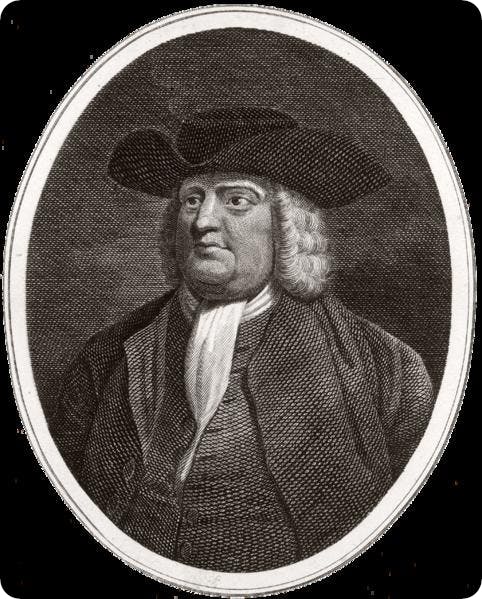
William Penn, the most famous Quaker leader and an important figure in the early development of Philadelphia and Pennsylvania.
Reasons for migration: The Quakers come from a religious movement known as the Society of Friends, which arose from a number of groups that broke away from the Church of England. The leaders and participants of the movement were constantly imprisoned for their beliefs. They were also persecuted in America by the Puritans, who executed a number of Quakers for practicing their religion in Massachusetts.
Scotch-Irish 1717-1775
Original counties in Scotland & Ireland: The group were originally raiding clans that lived on both sides of the border of Scotland and England, and were eventually re-settled in Northern Ireland.
Areas settled in America: Pennsylvania, the Carolina's, Tennessee
Reasons for migration: There were two stages of Scotch-Irish immigration - they were originally Scottish clans that lived near the border of England and Scotland, and were constantly warring with each other and harassing northern English towns. King James I eventually put an end to this problem by executing many of them, and re-settling the rest in Northern Ireland. Eventually, Oliver Cromwell came into power and drove out the Scotch-Irish, giving most of their land to his soldiers and supporters. Instead of moving back to Scotland, they traveled to America, where they settled on southern frontier land.
Related articles recommended for you

Taylor Swift’s family tree shines with love, heartbreak and the triumph of the human spirit
Discoveries
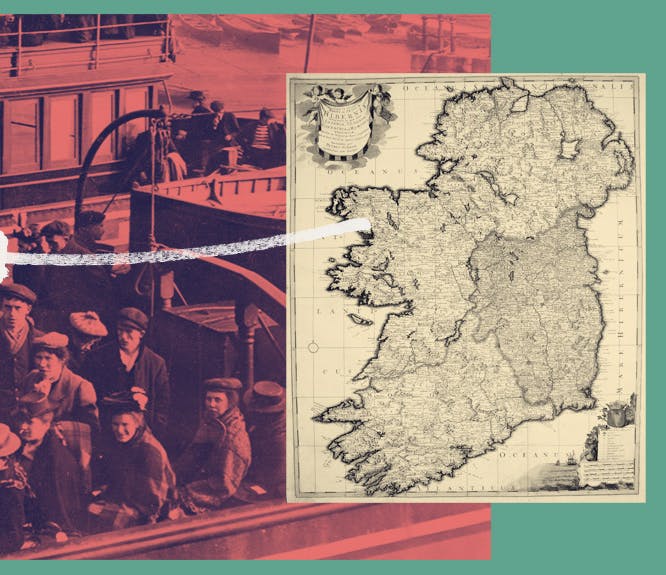
From Ulster to the US: Irish migration patterns and their impact on Irish genealogy
History Hub

The Women's Prize Trust announces Findmypast as the inaugural sponsor of the Women's Prize for Non-Fiction
The Findmypast Community

